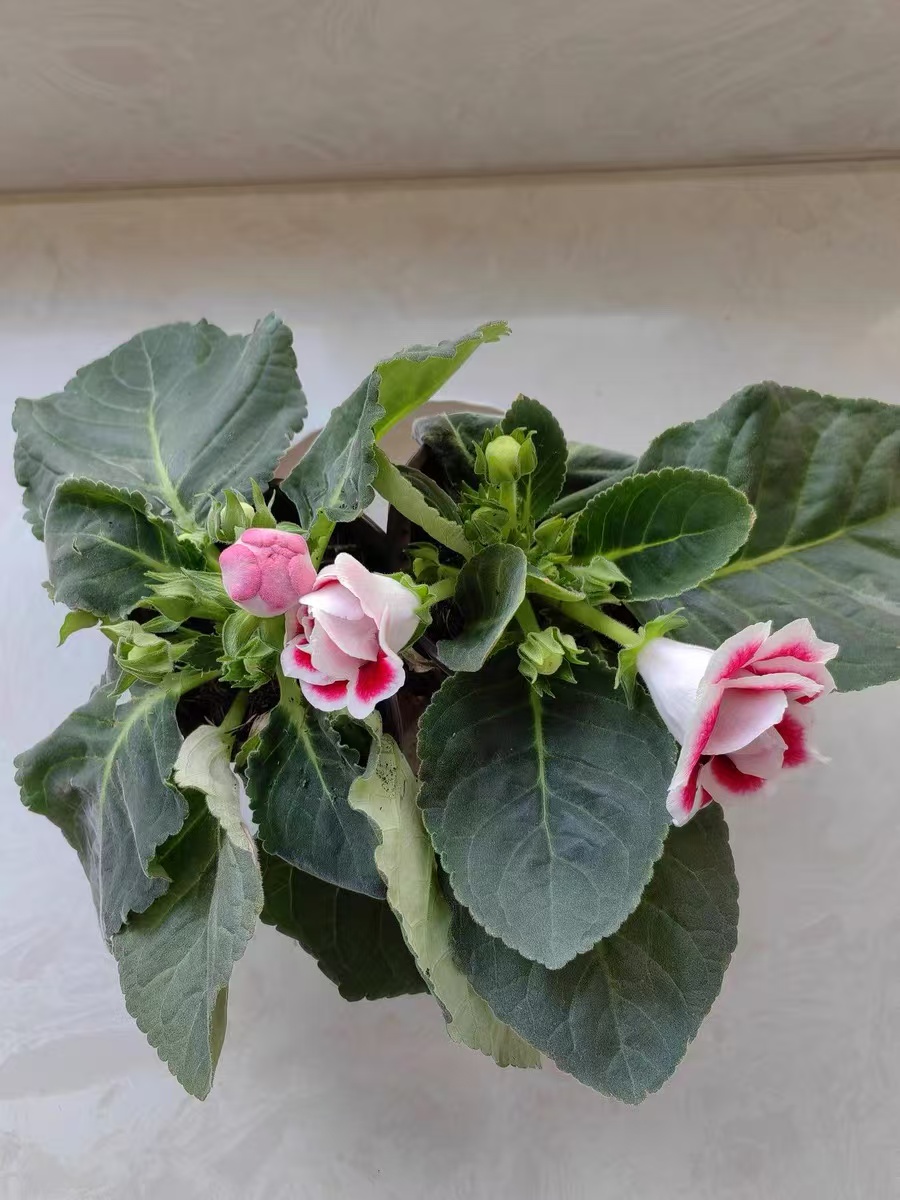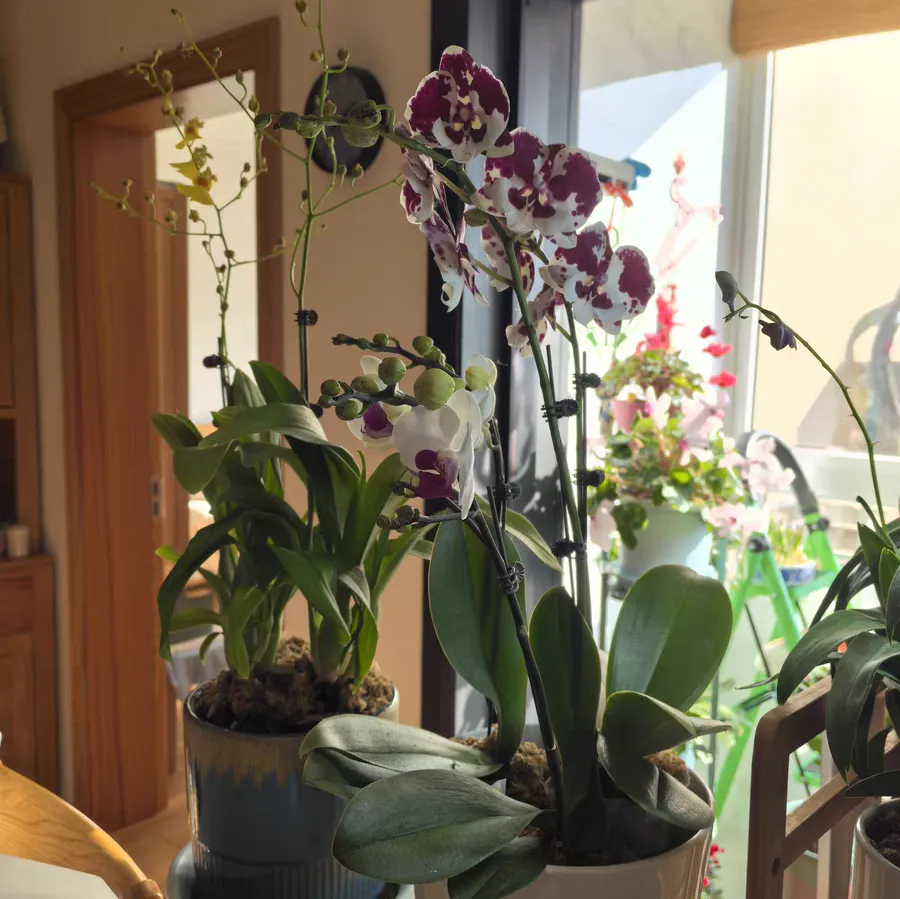Among the various propagation methods of plants, leaf cutting propagation stands out from many methods with its unique advantages and applicability. This article will analyze in detail the advantages of leaf cutting propagation compared to other plant propagation methods and list the types of plants that are suitable for leaf cutting propagation.
Advantages of Leaf Cutting Propagation
Simple and Easy to Operate: Compared with seed propagation or other asexual propagation methods, leaf cutting propagation has the significant advantage of being simple and easy to operate. It doesn't require complicated equipment or techniques. Just insert a healthy and intact leaf into a suitable substrate, and it can root successfully. The threshold of this method is relatively low, and even novice plant enthusiasts can easily master it.
Fast Propagation Speed and Short Flowering Cycle: Plants cultivated through leaf cutting propagation usually don't have a juvenile stage and flower earlier. This is because the seedlings from leaf cutting propagation directly come from the branches of the flowering mother plant, and their physiological age has reached the flowering standard. In contrast, plants propagated by seeds usually need to go through a juvenile stage of 3 to 8 years before they can flower, which greatly extends the waiting time.
Maintain Parental Characteristics and Pure Varieties: Another significant advantage of leaf cutting propagation is that it can completely copy the advantages of the parent plant and maintain the purity of the variety. For plants propagated by seeds, due to the influence of the genetic segregation rate, they may lose the original characteristics of the mother plant. However, this problem doesn't exist in leaf cutting propagation because the cuttings directly come from the mother plant and can retain all its excellent traits.
Economical and Cost-effective, One Pot Becomes Multiple Pots: The economy of leaf cutting propagation is also one of the reasons why it is highly favored. Just by obtaining a section of a branch or a leaf from the mother plant, more new plants can be cultivated through leaf cutting propagation. This not only saves the purchase cost for home gardening enthusiasts but also can enhance neighborhood relations by sharing with relatives and friends.
Plants Suitable for Leaf Cutting Propagation
Begoniaceae, Gesneriaceae: Leaf cutting propagation is especially applicable to plants in the Begoniaceae, Gesneriaceae families and so on. The leaves of these plants are usually thick, rich in nutrients, and have strong regenerative abilities. Through leaf cutting propagation, new plants as excellent as the mother plant can be easily cultivated.
Schlumbergera, Kalanchoe blossfeldiana: Schlumbergera and Kalanchoe blossfeldiana are also representative plants suitable for leaf cutting propagation. The stem segments (i.e., leaves) of Schlumbergera have a strong meristematic ability and can even root when placed in the air. Kalanchoe blossfeldiana is a succulent plant. Its leaves can survive just by touching the soil, and it has a relatively fast growth rate. It can flower in the second year after leaf cutting.
Sinningia speciosa, Saintpaulia: Sinningia speciosa and Saintpaulia are also suitable for leaf cutting propagation. Their leaves are thick and have a velvety surface. You can use a whole leaf for cutting or cut a leaf into several pieces for propagation. This propagation method is not only simple and easy to operate but also can maintain the purity of the variety.
Succulent Plants: Succulent plants are another important application area of leaf cutting propagation. The leaves of succulent plants are rich in water and nutrients and have strong regenerative abilities. Through leaf cutting propagation, new plants as robust as the mother plant can be easily cultivated. In addition, the survival rate of leaf cutting of succulent plants is relatively high, and it is not easy for the leaves to rot or turn black and rotten. It is the top choice for plant enthusiasts.
Leaf cutting propagation stands out among many plant propagation methods with its advantages such as simple operation, fast propagation speed, maintaining parental characteristics, and being economical and cost-effective. Meanwhile, it is also applicable to various plant species, such as those in the Begoniaceae, Gesneriaceae families, Schlumbergera, Kalanchoe blossfeldiana, and succulent plants. By mastering the techniques and methods of leaf cutting propagation, we can easily cultivate more high-quality new plants and add more green life and wonderful moments to home gardening.
Which plants are suitable for leaf cutting propagation?

Share with
Tagged in :




Leave a Reply